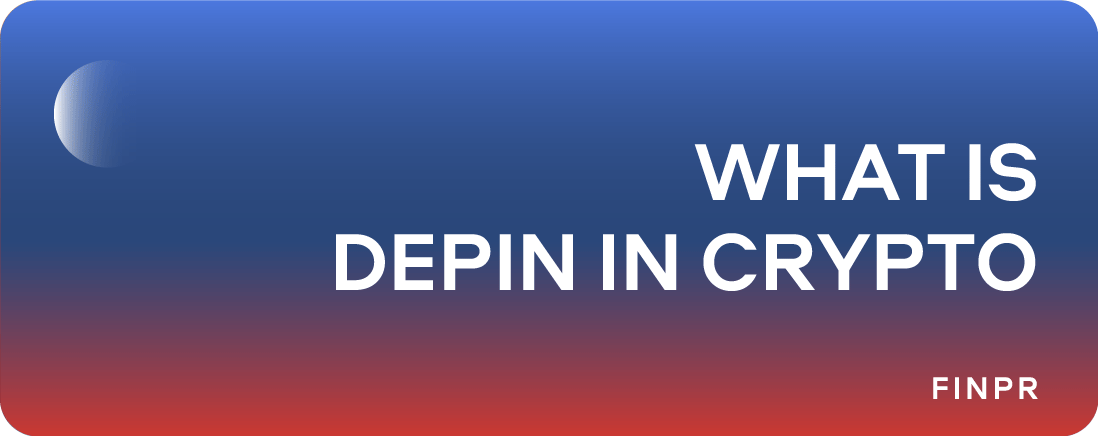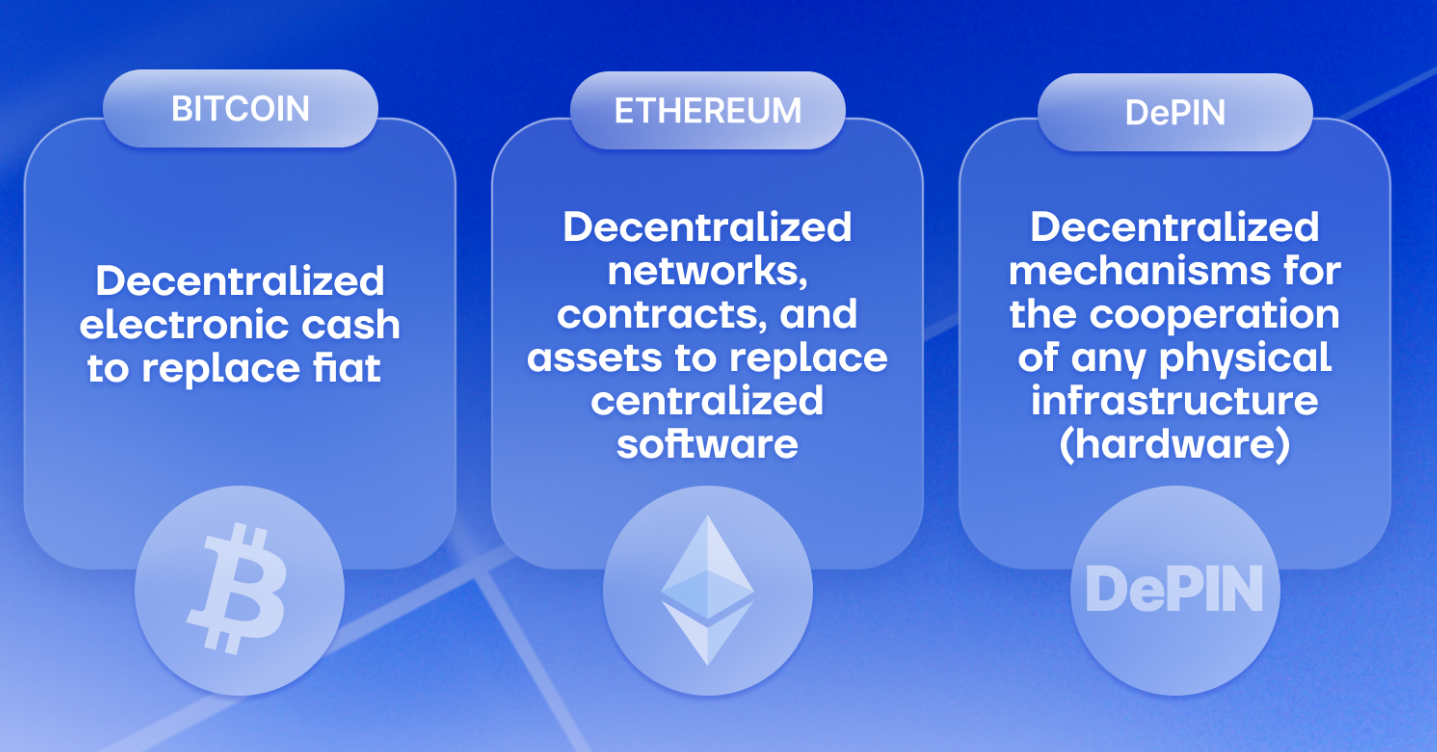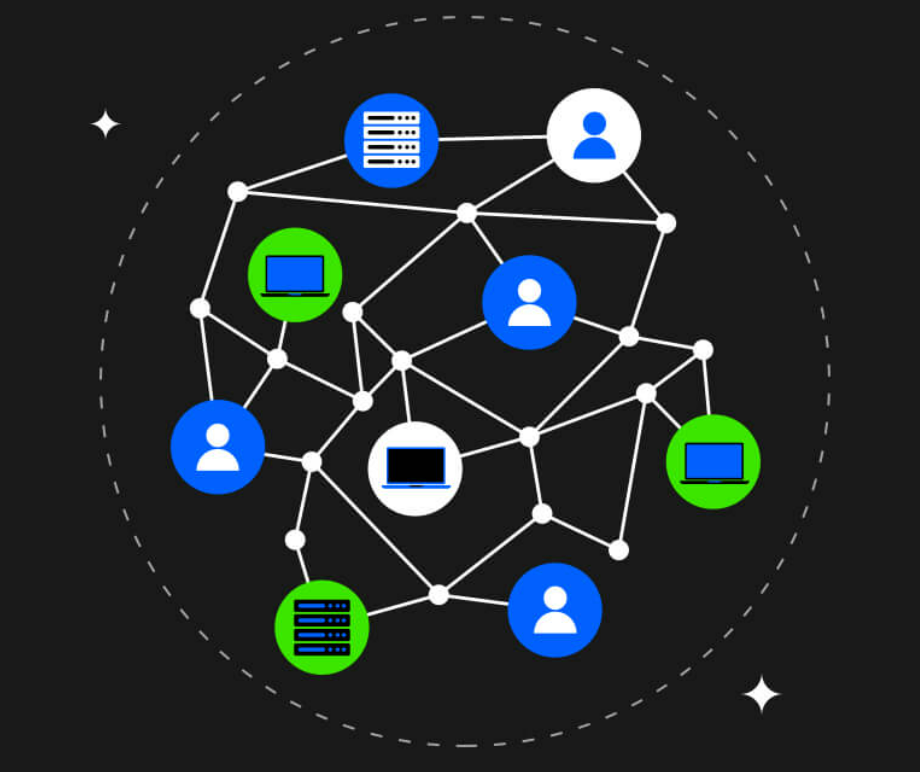
Discover the cutting-edge world of DePIN Crypto - a game-changer in digital privacy and security. Unlike typical cryptocurrencies, DePIN focuses on safeguarding your data through decentralized networks.
We'll uncover the secrets of DePIN, explaining its technology in simple terms. Don't miss out on understanding why DePIN could transform the way we protect our information online.
Understanding the Basics
DePIN, or Decentralized Private Information Network, represents a breakthrough in the way information is managed and secured across digital platforms. Unlike conventional cryptocurrencies, which primarily focus on the secure transaction of value, DePIN extends its focus to the secure and private handling of information. This concept spans various sectors such as energy grids, telecommunications, storage systems, and even sensor networks that gather real-world data.
It is an innovative approach combining the robust security features of blockchain technology with advanced privacy-preserving techniques to create a network that is both secure against external threats and protective of individual privacy.
How DePIN Differs from Traditional Cryptocurrencies: While traditional cryptocurrencies like Bitcoin and Ethereum are designed primarily for financial transactions, DePIN is crafted with the primary aim of securing data. It uses similar blockchain technology but integrates additional layers of privacy and security protocols that are not typically present in standard cryptocurrencies.

DePIN is built on the principle of decentralization, which eliminates the need for a central authority to manage or control the network. This not only enhances security by reducing single points of failure but also significantly improves user privacy through distributed control of data.
One of the primary goals of DePIN is to decentralize the control and management of infrastructure, which traditionally has been centralized in the hands of a few large corporations. By using blockchain technology, DePIN projects can distribute authority across a network, ensuring transparency and reducing single points of failure. This setup promotes more equitable access to services and can potentially lower costs due to the elimination of intermediaries.
DePIN projects are also notable for their use of tokenization, which offers incentives for network participants to invest in and maintain infrastructure. This economic model can stimulate the growth and sustainability of these networks. For instance, participants in a decentralized energy network can earn tokens in exchange for contributing energy to the grid, thus supporting the development of a robust, sustainable energy environment.
The Technology Behind DePIN
Blockchain and Encryption Technologies
DePIN leverages a combination of blockchain and advanced encryption to ensure that privacy and security are embedded into the very fabric of the network. Understanding these technologies is key to appreciating how DePIN operates and the advantages it offers over traditional systems.
- Decentralized Ledger: At its core, DePIN uses blockchain as a decentralized ledger that records all transactions across a network of computers. This ensures that the data within the network is not controlled by any single entity and is transparent to all participants while maintaining confidentiality.
- Immutability: Once data is recorded on the blockchain, it cannot be altered, which provides a robust defense against data tampering and fraud.
- Data Encryption: Encryption transforms readable data into secure codes that can only be deciphered by authorized parties possessing the decryption keys. DePIN employs state-of-the-art encryption to protect the data as it travels across its network, ensuring that sensitive information remains confidential.
- Secure Communication Protocols: Utilizing secure communication channels, DePIN ensures that all data exchanges are protected from eavesdropping, interception, and other cyber threats.
Decentralization in DePIN

The decentralized nature of DePIN is not just a technical feature but a fundamental principle that enhances both the security and efficiency of the network. Here’s how decentralization plays a pivotal role in DePIN’s architecture:
- Distributed Network Nodes: In DePIN, data is not stored in a central server but across numerous nodes in the network, significantly reducing the risk of central points of failure and attacks.
- Consensus Mechanisms: DePIN utilizes consensus mechanisms like Proof of Work (PoW) or Proof of Stake (PoS), which help maintain the integrity and agreement on the state of the ledger without needing a central authority.
- Enhanced Privacy: By decentralizing the control over information, DePIN ensures that no single party has access to comprehensive data about the network’s users, thereby enhancing user privacy.
- Increased Resilience: A decentralized network is naturally more resistant to cyber attacks and technical failures. Each node operates independently, ensuring that the collapse or compromise of one does not affect the overall network.
Challenges Facing DePIN
Despite the promising advantages, DePIN faces several challenges.
Scalability
As these networks grow in user base and transaction volume, they often struggle to maintain performance and efficiency. This is a common issue with many blockchain projects as they attempt to scale up while maintaining speed and reducing transaction costs.
Regulatory uncertainty
Many DePIN initiatives operate in a gray area concerning regulatory compliance, which can deter investment and slow innovation. The lack of clear legal frameworks around decentralized networks often creates uncertainty for both operators and users, potentially stalling or even halting project development.
Technological complexity
Setting up and maintaining decentralized infrastructure can be technically daunting, which may limit participation from less tech-savvy individuals and entities. Moreover, the cost of running these networks can be high, potentially outweighing the benefits for those providing the infrastructure unless there is sufficient user density and transaction volume to generate adequate rewards.
Furthermore, DePIN projects need to attract a critical mass of both providers and users to become viable. Since many of these projects are still in the early stages, they face difficulties in building this user base and achieving network effects. This is compounded by the fact that the concept of DePIN is still not widely understood or accepted, which slows down adoption rates. To understand the new DePIN trend, crypto consultant companies are helping businesses with this.
Practical Applications of DePIN Crypto
DePIN encompasses a variety of crypto projects that aim to decentralize and democratize access to essential services and infrastructure. Here are some notable examples:
- Filecoin - This project is transforming the cloud storage industry by decentralizing it. It removes control from centralized cloud service providers, distributing storage duties across multiple nodes worldwide, thus enhancing security and reducing single points of failure.
- Helium Network - Helium is innovating in the wireless sector by creating a decentralized network of hotspots that provide Internet connectivity. Providers are rewarded with cryptocurrency, incentivizing the expansion and maintenance of this network.
- Theta Network - This project focuses on improving video streaming quality across the globe through a decentralized network of users who share their spare bandwidth. This not only enhances streaming capabilities but also integrates digital rights management, allowing content creators to earn royalties.
- Render Network - Specializing in digital rendering, Render leverages decentralized GPU power to enable more efficient and cost-effective rendering for 3D graphics, which is crucial for technologies like virtual reality and the metaverse.
- eTukTuk - An innovative approach to urban transportation, eTukTuk utilizes blockchain to enhance operational efficiency in electric Tuk-Tuks, incorporating AI for route optimization and compliance with charging network standards.
- Arweave - Offering permanent data storage with a one-time fee, Arweave is ideal for long-term data retention. It utilizes an endowment to cover ongoing storage costs, ensuring data remains secure and immutable indefinitely.
Summary
Overall, DePIN projects hold significant promise for transforming various sectors by leveraging blockchain technology for physical infrastructure, they must navigate considerable challenges related to scalability, regulation, technological complexity, and user adoption to realize their full potential.
While still in the early stages of development, DePIN represents a shift towards more decentralized, resilient, and user-empowered infrastructure systems, which could lead to more sustainable and efficient global infrastructure networks in the future.




